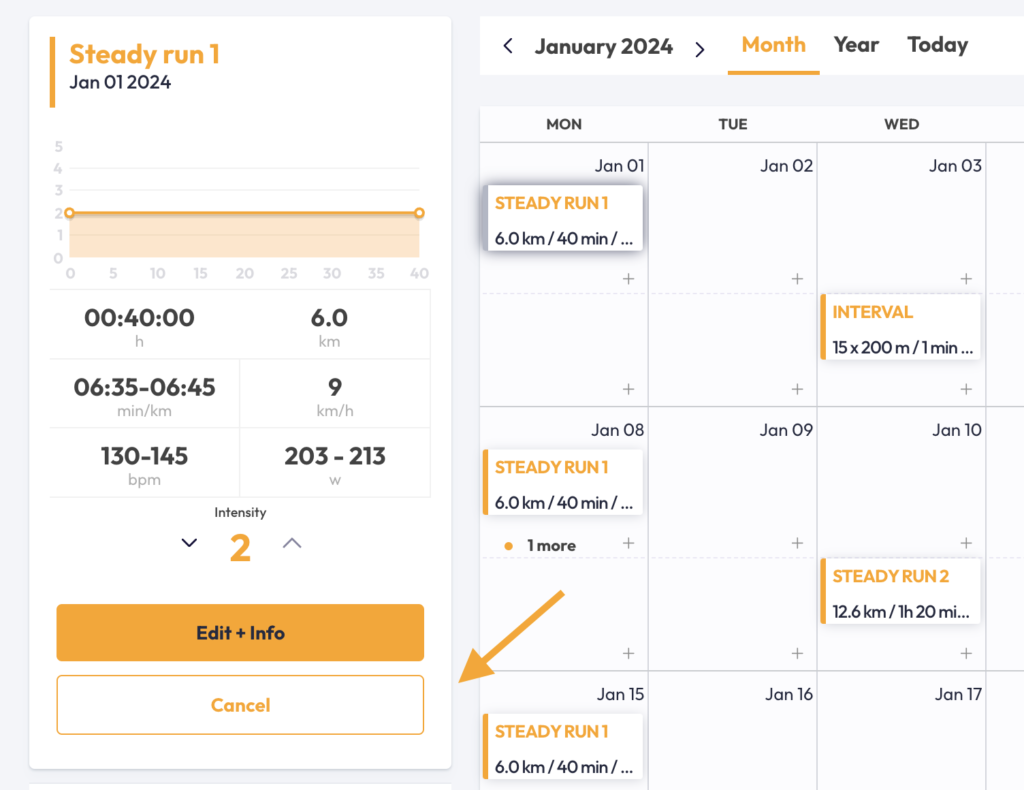Running is an excellent way to maintain both physical and mental health, but what happens when an illness forces us to interrupt our running routine? Returning to training after a period of illness requires attention and a step-by-step approach to ensure the body’s well-being. Here are five useful tips for safely getting back into running.
Winter can be a real challenge for runners. Cold temperatures increase the risk of illnesses, which in addition to the physical discomfort can also jeopardize the training form you have built up. Those who love running know how difficult it is to interrupt your training flow, especially when they are in top shape. For this reason, we offer you five tips to resume training without risks after a period of illness.
1. Understand the Type of Illness
First of all, it is important to understand the type of illness you are facing. In general, symptoms above the throat, such as a runny nose, sore throat, or headache, do not necessarily require a halt to training. With very (!) moderate and adapted training, these symptoms can even be alleviated in some cases (training with a cold). If you have decided to interrupt your training due to such symptoms, you can resume as soon as you feel ready again.
For symptoms below the neck, such as muscle pain, respiratory inflammation, bronchitis, coughing, vomiting, diarrhea, or a fever exceeding 37 degrees, it is highly advisable to cease activity and take extra precautions. Wait until you’ve completed the prescribed treatments, ensure you replenish lost energy and nutrients, and allow a rest day for each day with a fever before resuming running training.
2. Patience and Caution
We know you can’t wait to get back to running outdoors. However, it’s essential to be patient and not rush the recovery process, or you risk a relapse. After an illness, the body needs a longer period to recover, sometimes up to two weeks. Once completely recovered from a fever, wait at least 4-5 days before putting on your running shoes again.
Running with a fever is a No-Go, as it increases the risk of entering the so-called “open window” phase. During this phase, the immune system is vulnerable as the body cannot react appropriately to viruses and bacteria. The open window doesn’t only occur during illnesses, but also after intense workouts, as physical exertion weakens the immune system.
5 ways to boost your immune system
3. Gradual Resumption
Once the illness phase is over, it’s time to resume training. However, you will probably need some time to get back to your pre-illness level. Therefore, it is necessary to resume physical activity gradually during the first week, at a lower intensity, to allow the body to return to its usual training standards. Start with a 7-10 day “buffer” period where you gradually increase the duration and intensity, paying careful attention to your body’s signals. Here are some points to keep in mind:
- Avoid intervals and long runs.
- Prefer light endurance runs and recovery runs.
- Adjust workout time or distance if necessary.
- Practice stretching, strength, and flexibility exercises to restore muscle and joint mobility.
- Consider alternative activities like swimming, cycling, and yoga to maintain physical activity without exerting excessive stress on joints.
- Take more rest between training sessions.
running.COACH takes into account any training interruptions due to illness. The dynamic program suggests a rehabilitation plan if you skip four or more training sessions in a row. To obtain it, on the day you resume training, click on the missed sessions, then on “Cancel”, indicating the reason (illness). An alternative rehabilitation plan will appear, which you can confirm or reject (refresh the page if no message appears).
4. Monitor your Workouts
During the return to running training, it’s essential to carefully monitor your body’s response. Pay attention to signals such as fatigue and muscle soreness, and don’t ignore any discomfort. If heart rate and perceived effort are higher than usual during the initial sessions, it’s better to reduce the training intensity. If you experience symptoms like dizziness, nausea, or fever, it’s advisable to stop training and consult a health professional again.
5. Nutrition and Recovery
The recovery phase is just as important as the training itself. Make sure to respect the necessary recovery times for your body. Getting enough sleep and allowing yourself active or complete rest days are crucial to enable muscles to recover and heal. Proper recovery reduces the risk of overtraining and contributes to a more effective return to physical activity.
Additionally, a balanced diet is essential for recovery after an illness, as it helps restore lost energy and nutrients. Supplementing the diet with a multivitamin can be particularly beneficial, especially if the illness has affected appetite or caused reduced nutrient intake. This support can contribute to strengthening the immune system and promoting a rapid recovery by providing the body with the necessary elements for regeneration and overall well-being.
Create a personalized and dynamic training plan with running.COACH that, starting from your current fitness level, will prepare you optimally for your running goals. Try running.COACH for free for two weeks after the first login!





